Stanford Researchers Launch Nuclei.io: Revolutionizing Artificial Intelligence AI and Clinician Collaboration for Enhanced Pathology Datasets and Models
Marktechpost
JUNE 22, 2024
The integration of AI in clinical pathology faces challenges due to data constraints and concerns over model transparency and interoperability. AI and ML algorithms have shown significant advancements in tasks such as cell segmentation, image classification, and prognosis prediction in digital pathology. Despite outperforming pathologists in specific functions like predicting colorectal carcinoma microsatellite instability, regulatory hurdle,s and ethical considerations hinder their widespread c
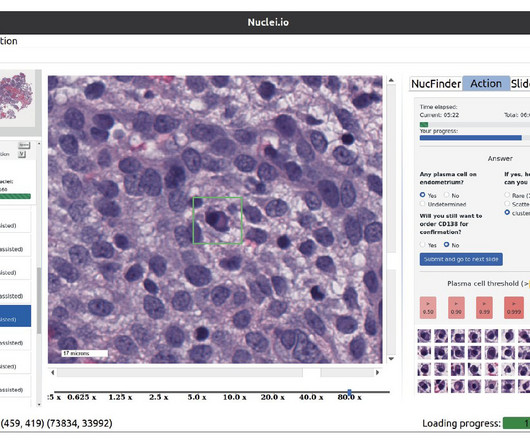

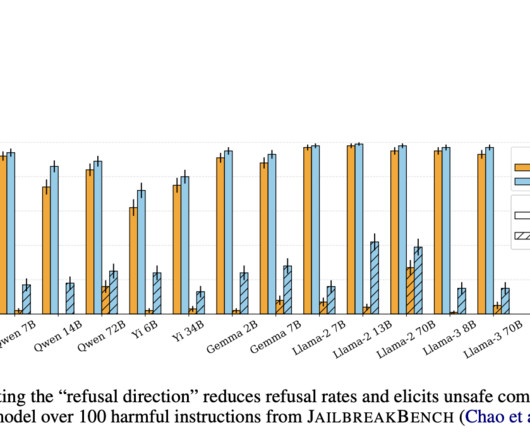


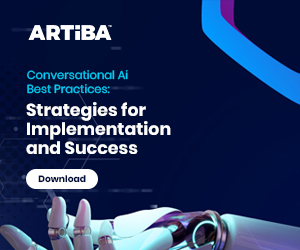


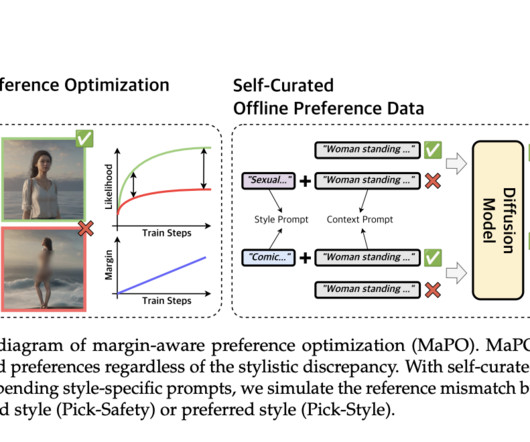
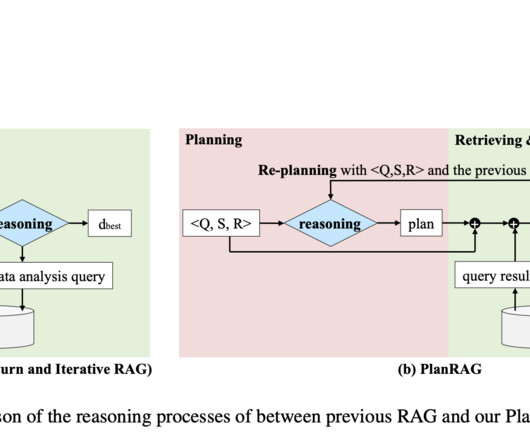

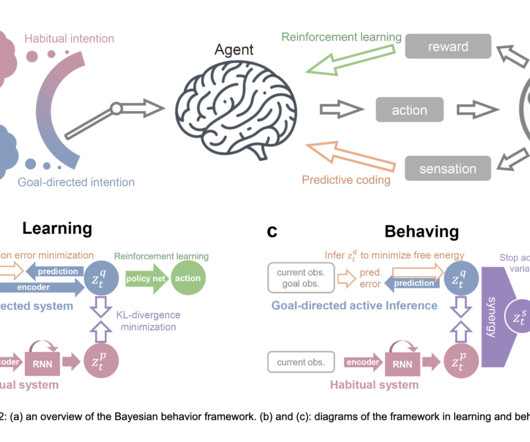









Let's personalize your content